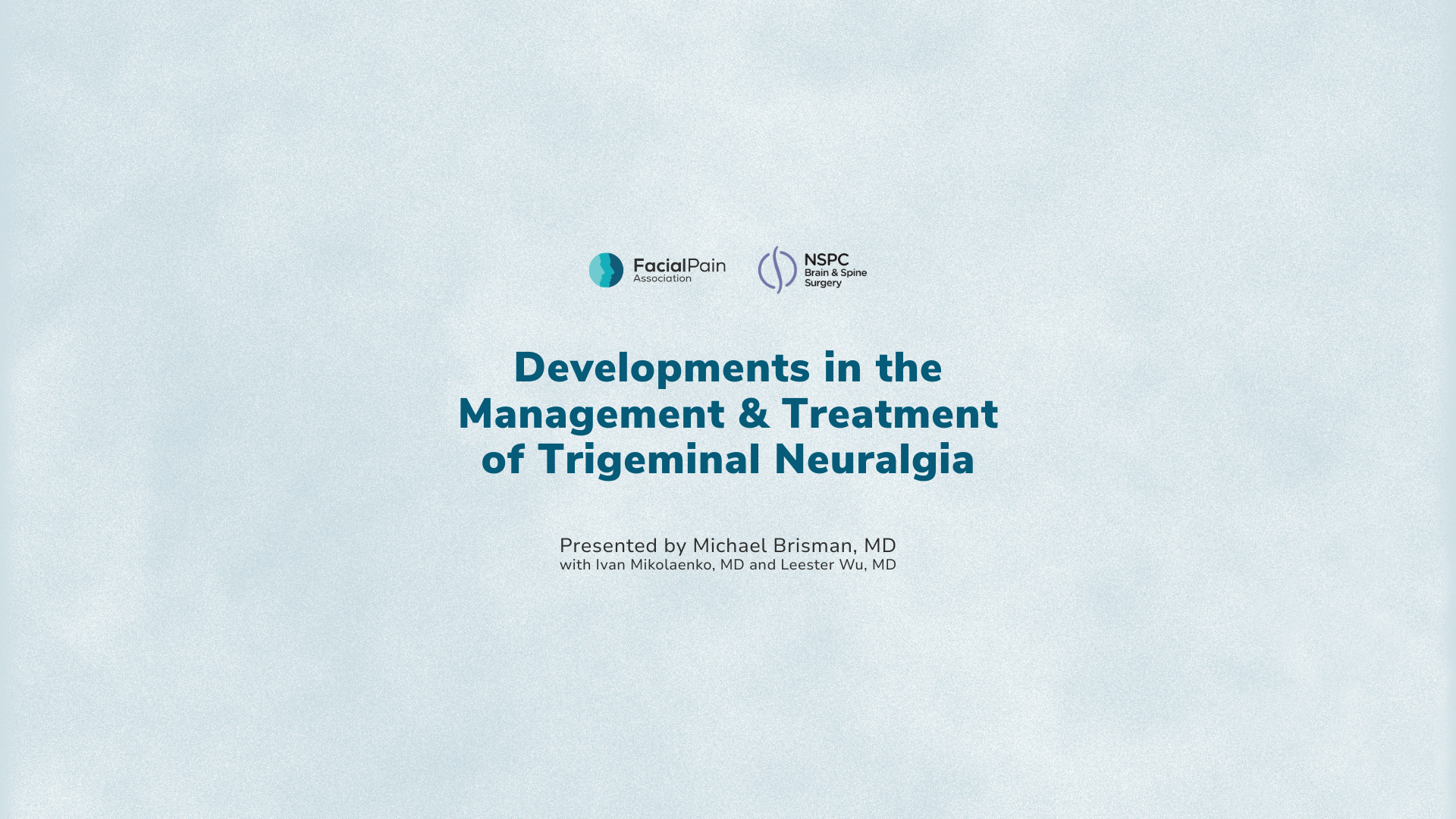Anna Williams

As a facial pain patient, I understand the devastation of the diagnosis and coming to the realization that I have a ‘new normal’. In the beginning, I navigated through one failed treatment after the next. Hope began to wane, but I decided this could not define me. I wasn’t sure where to turn, but I knew I had to keep searching. That’s when I found patient advocacy. Advocacy led me to learn about new treatments and I now have some new tools that help me manage better.
What is patient advocacy?
While the definition may vary, essentially patient advocates are those who help patients better navigate their health condition. This help can come in many forms.
Patient self-advocacy
Advocating for yourself with your doctor or insurance company to get a medication or treatment approved. Helping your doctor and medical staff understand your condition. This is important for you, but it also helps the next patient who steps into the same situation – your experience may make their experience better because you spoke up.
Patient encouragement & support
Whether this is in-person support or online support, listening to others and letting them know they are not alone in this disease can be very helpful. Think of your own journey and the times you needed this support, this is vital to any community!
Sharing your story
This takes vulnerability and courage. Whether you share your story with people physically close to you or online, every story increases awareness. Those who need people supporting them will see the stories being shared and that will help them on their journey too. Look for opportunities to share on a larger stage. The media wants to hear patient stories, as well as pharmaceutical companies, foundations, and organizations that are geared towards providers and patients.

Policy changes
If this is your niche, know that there is a need for people to share their stories to those in congress, the Food and Drug Administration, Centers for Medicare and Medicaid Services, Social Security Administration, and others that make policy. There are organized events; some organizations produce campaigns that make it easy for you to “sign on” or give you a template to send out. State and local governments have proclamation processes where you can submit to have a day recognized.
I have been fortunate in my journey to have experienced something in each of these categories. While I am more comfortable with connecting to patients, I wanted to also learn about policy. I have gotten opportunities to tell my patient journey through both writing and speaking.
Some of the amazing opportunities that have come from patient advocacy:
- I am on the administrative team of Migraine Meanderings (migrainemeanderings.com), a public Facebook group that supports and encourages patients on their journey, as well as raises awareness of migraine and other headache disorders and comorbid conditions such as TN. We have created an Empowering Patient Voices initiative and we help patients tell their stories through photos and by answering questions on video to make YouTube videos to raise awareness.
- I have shared my story through writing for migraine.com, was featured in the Invisible Project 5th Migraine & Headache Diseases edition, and as a part of the Association of Migraine Disorders 2021 Symposium, I was able to share my journey with Short-lasting, Unilateral, Neuralgiform headache attacks with Conjunctival injection
and Tearing (SUNCT).
- I write blogs for both Migraine Meanderings and Migraine.com. Blogs have become a vehicle for me to help others understand information and I weave in pieces of my journey. One of my favorite articles is, “What does the trigeminal nerve have to do with it?”
- My experience with my diagnoses, SSDI, access to treatments, it all shapes how I advocate. When I have the opportunity to share my story, especially with my Senators and Congressman, I want them to know what my journey was and how they can make it better. There are advocacy groups such as PatientsRisingNow.org and AllianceForHeadacheAdvocacy.org, that help patients understand the issues and give them “calls to action” they can act on. These calls to action can be as simple as sending an email or helping you schedule meetings with your representatives. They want to hear your stories. One “ask” has been updating the Social Security Administration Blue Book Listings and reviewing it on a schedule. Hearing stories from real patients helps them understand how legislation affects their constituents.
No matter your journey, your story is important. While many of my opportunities have been to the migraine audience, trigeminal neuralgia is part of my conversation and the relationship between migraine and other headache disorders and the trigeminal nerve. What is your story? When you tell your story, what will change?
























































